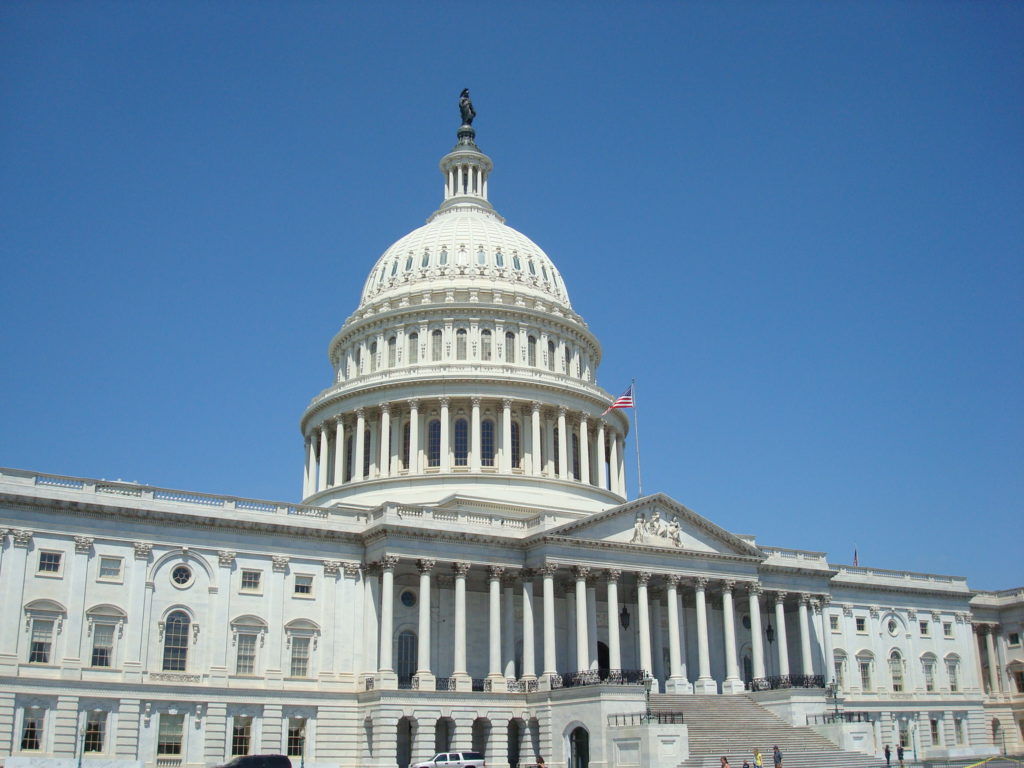Predictions for the coming months are dire. In much of the country, the rate of COVID-19 infections is higher than it was last spring. Vaccines are already being administered in the U.K. and should soon begin to be administered in the U.S., but the pandemic is not over yet. Epidemiologists predict that by spring 2021, when it is likely a vaccine may become more widely available, another 200,000 to 300,000 Americans will die from the virus.
The No. 1 public-health goal between now and when vaccines can be widely distributed must be to prevent as many cases (and therefore as many deaths) as possible. Structuring a relief deal in the Senate to support unemployed people and allow those who are sick to take time off from work will do the most to prevent new cases and keep the economy afloat over the next few months.
There is consensus among experts on the best way to stop the virus: encourage as many people as possible to stay home as much as possible. But simply telling people to stay home ignores the reality that
“Flattening the curve” becomes more possible when fewer people leave home to work. It also becomes more feasible when people who are exposed to the virus, or live with someone who is, have the financial and job security to stay home to protect others. Short of simply paying people to stay home, Congress can most easily accomplish this by extending the COVID-19 packages it passed last spring, especially by extending paid-leave provisions and continuing unemployment-
In March, when bipartisan
In other words, things are demonstrably worse today than they were in the spring, yet without action by Congress, tens of millions of people will lose access to unemployment and paid-leave benefits in a few weeks—just when these programs could have the greatest potential public-health impact.
Many of Congress’s original COVID responses were set to expire at the end of December 2020, under the assumption that the urgency that inspired bipartisan action in the spring would continue for as long as the public-health emergency. While the House, led by Speaker Nancy Pelosi, has passed significant relief packages twice, Senate Leader Mitch McConnell has declined to even bring them to the Senate floor for a vote.
If Congress takes no further action, before New Year’s Eve, 12 million Americans who lost their jobs this year will lose the unemployment insurance benefits that sustained their families and buoyed the larger economy.
Without continuing support from unemployment insurance, people may be forced to take whatever job is available to support their family, even if that job endangers their health and raises the potential for further community spread. Alternately, there may be no job available to them at all, and without the minimal support of unemployment insurance, families could face eviction, foreclosure, debt, or hunger.
Unemployment insurance keeps the economy afloat: it has such a significant impact on the overall consumer economy that extending CARES Act provisions would create or save 5.1 million jobs. A weekly supplement of $300 (already far less than the $600 added this summer to abysmally low state benefit levels) would help unemployed people pay their rent or mortgage, preventing a second-order economic crisis.
Meanwhile, as many as 87 million workers will lose access to emergency paid leave at the end of December, limiting their ability to stay home to quarantine after COVID-19 exposure or care for a loved one sick with COVID-19. It is incredibly risky to eliminate sick leave in the middle of a pandemic. Paid leave has been shown to reduce the spread of COVID-19: in the 39 states that did not previously have paid sick days laws, emergency paid-leave protections
Paid leave doesn’t just protect public health, it also helps businesses. No business owner wants their employees to get sick and expose customers and other staff in the workplace to the virus. Even when we were not in the middle of a global pandemic, universal paid sick leave was estimated to have the potential to save employers between $630 million and $1.88 billion per year.
Additionally, because employers are fully reimbursed for emergency paid leave, there is no net cost to businesses, and the cost to the government has been far lower than was originally estimated by Congress. The Joint Committee on Taxation estimates that extending emergency paid leave would cost only $1.8 billion for three months, a drop in the bucket relative to other programs. This is an affordable policy with significant benefits to both workers and employers.
With the news of each new successful vaccine trial, the end of the pandemic gets nearer. But we’re not there yet. If Congress doesn’t provide ongoing support, many more families will go hungry, many more will lose their homes, additional businesses will close, and hundreds of thousands of people will likely die before they can receive a vaccine.
